What a day it was!
I had been planning to do this daily trip for months, but I simply could not fit it into my own plans, my physical state and the time constraints. And then, at the beginning of November, I made up my mind and set a date. Then it turned out that my friends from Sweden, Kaća and Toma, were also in Belgrade, so I offered that we went together. They accepted it right away.
We started off a little late, since it was foggy in Belgrade these days. This is very important because, as I’ve already said, it was November and the days were short, so in the end on this day we could not visit everything that I had originally planned. For this reason, I went alone to “finish” the sightseeing the next week. This was easy, since the trip is practically done on the territory of Belgrade, but is focused more on some “peripheral” sections of the city. It is important, however, to say that the trip can easily be done within a day and with no rush. It is only important to leave a little earlier or to organise the trip when the days are longer.
Here is a map showing what the trip covers:
The first site we visited was Topčider Church dedicated to Saint Apostles Peter and Paul.
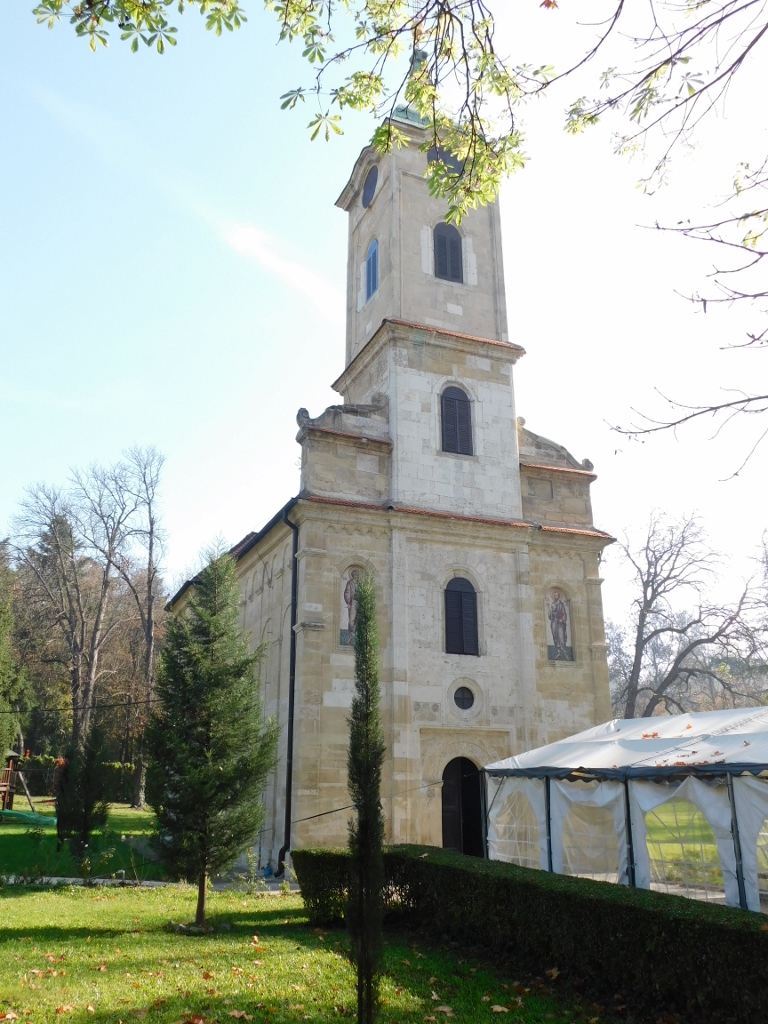 Topčider Church
Topčider Church
This church is categorised as a cultural property of exceptional importance and it was built in the period 1832-1834. It was made here in order to go along with the Residence of Prince Miloš that is located a couple of hundred metres away.
Looking from the outside, the church combines medieval architectural paragons and a simplified Baroque style. On the front facade one can see nice stone low-reliefs and there are also depictions of St. Peter and St. Paul to whom the church was dedicated.
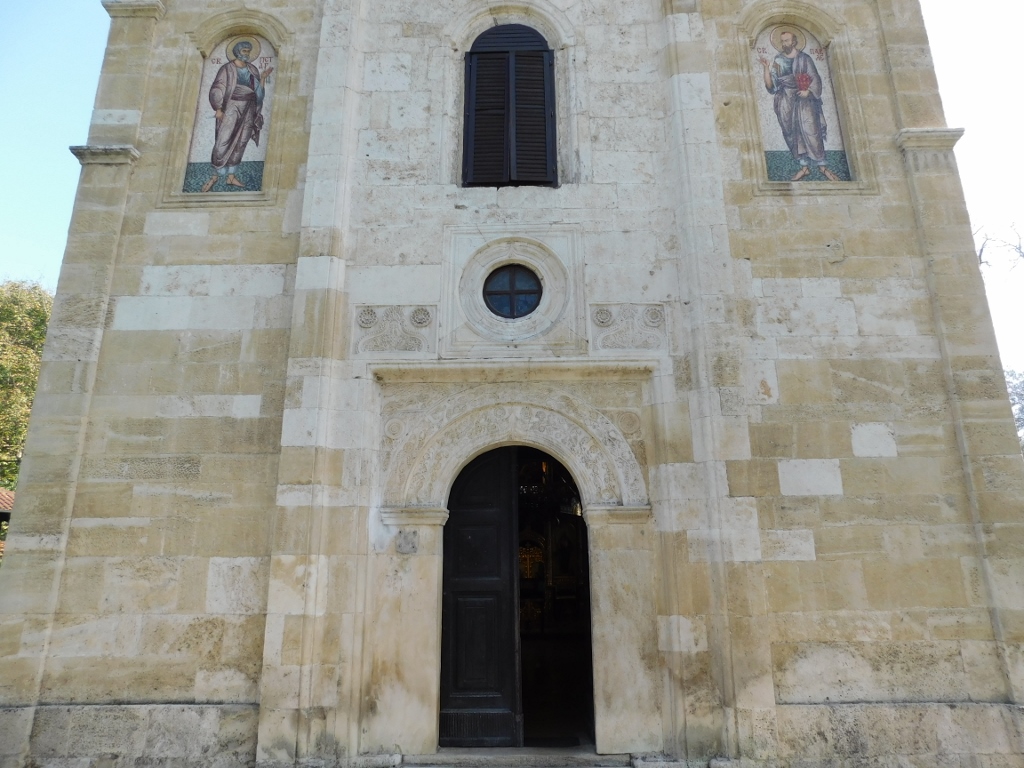 Topčider Church, the west facade
Topčider Church, the west facade
The church has a single nave, a barrel vault, a semi-circular altar apse and two shallow rectangular choirs, and when one enters there is an impression of a very pretty and harmonious space.
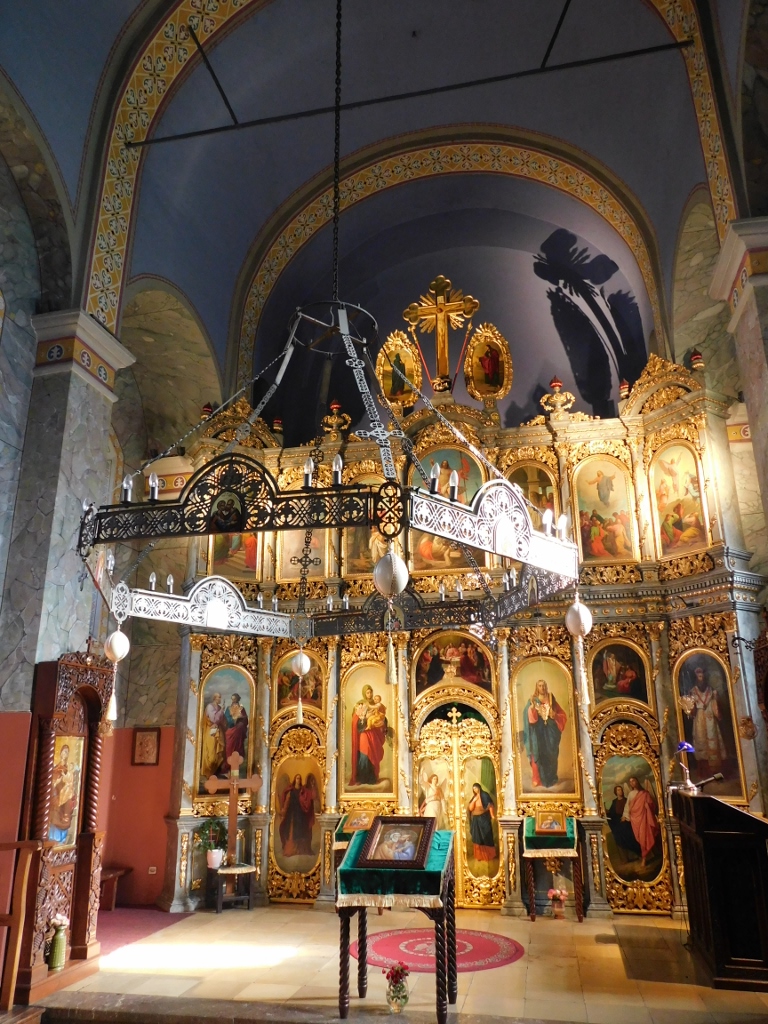 Topčider Church, the interior
Topčider Church, the interior
It also needs to be said that the iconostasis seen at the church today is not the original one, but rather it dates back to 1874. It was painted by Stevan Todorović and Nikola Marković. I would not have even mentioned this, had I not learned through my travels around Serbia that Stevan Todorović was one of the greatest Serbian painters from the second half of the 19th century. I have already seen some of his works. For instance, the Church of the Annunciation in Idvor (https://www.svudapodji.com/en/idvor/) and the Church of the Ascension of our Lord in Orašac (https://www.svudapodji.com/en/south-of-belgrade/).
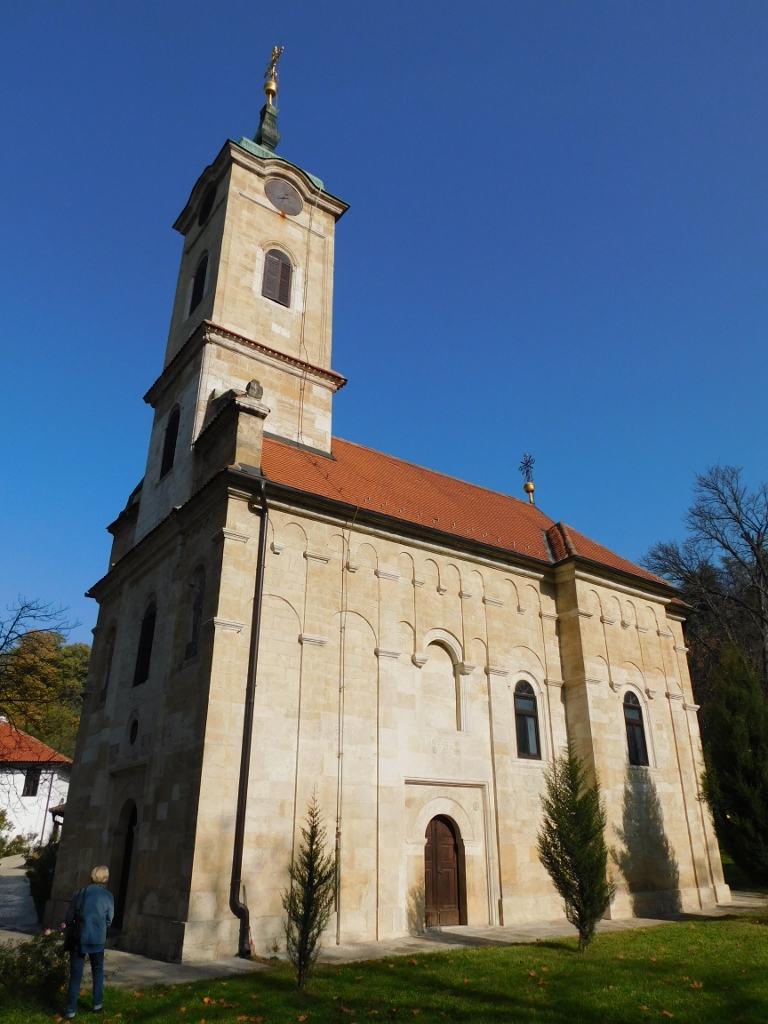 Topčider Church
Topčider Church
The south facade of the church is also very nicely decorated, so it is recommendable that the visitor makes a whole circle around the church.
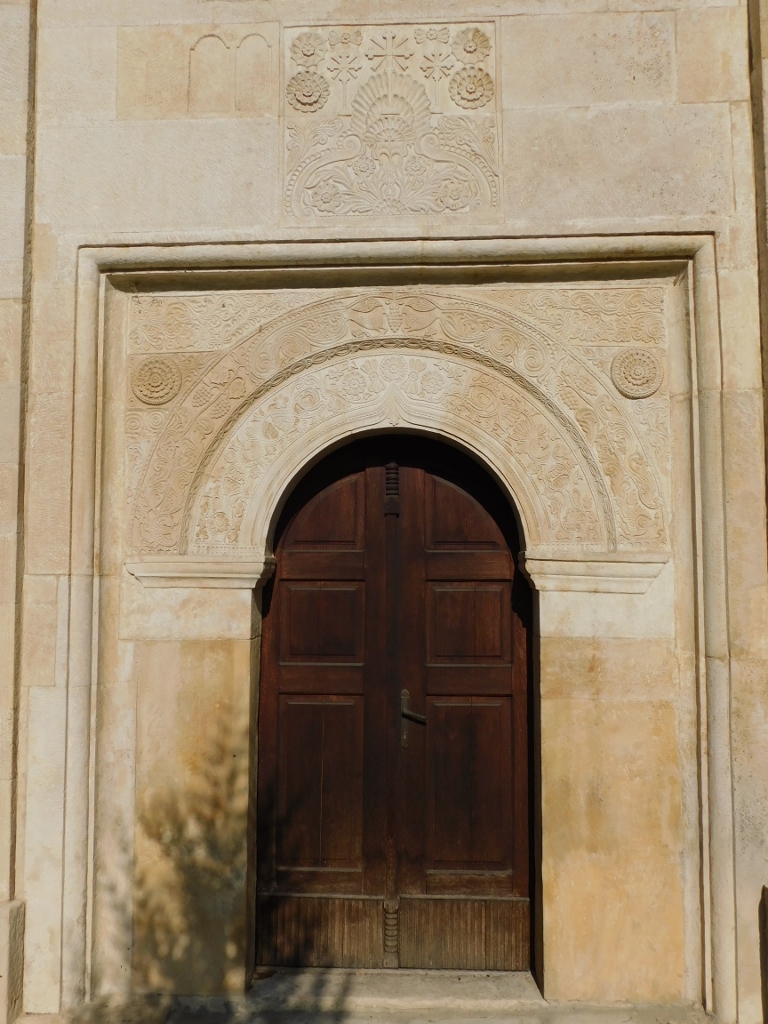 Topčider Church, a detail from the south facade
Topčider Church, a detail from the south facade
When one walks around the churchyard, one can see that it is very well arranged and maintained, and it is also possible to see the Church Residence that is a cultural property of exceptional importance as well.
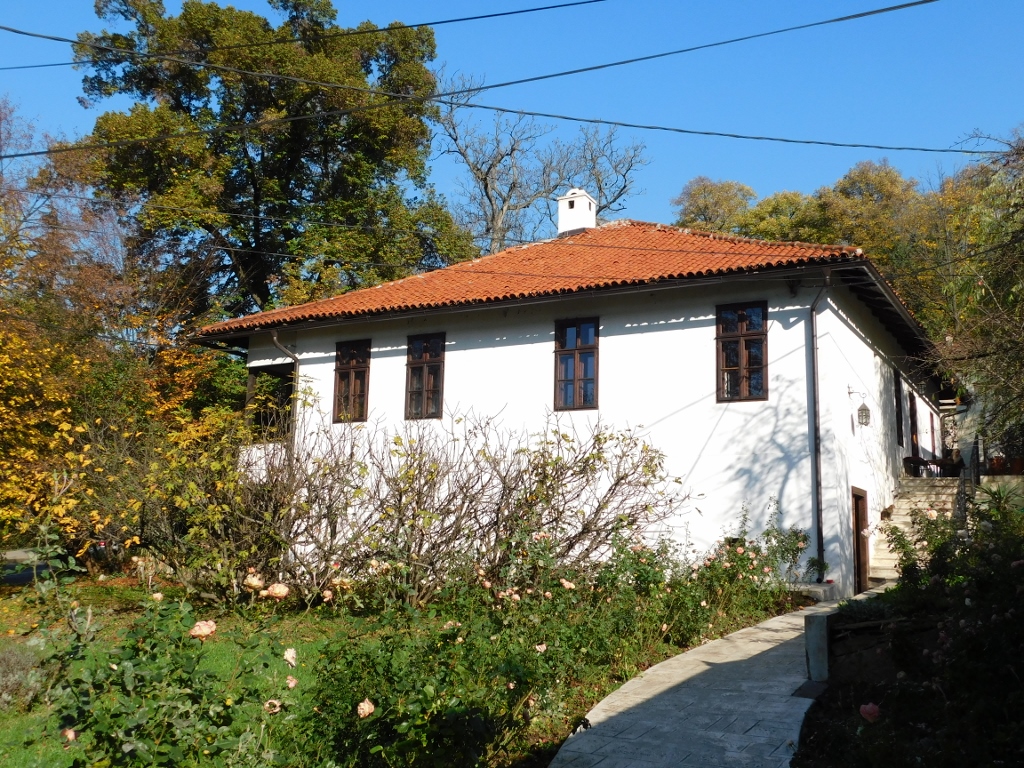 Church Residence in Topčider
Church Residence in Topčider
The house was built in the period 1830-1832 using stone for the basement and half-timber style for the upper floor which cannot be seen because of the covered facade. The main facade faces the street, but today it is more difficult to appreciate it because of the trees and shrubs. Still, the wooden stairs and the porch may be seen when the house is approached from the street side.
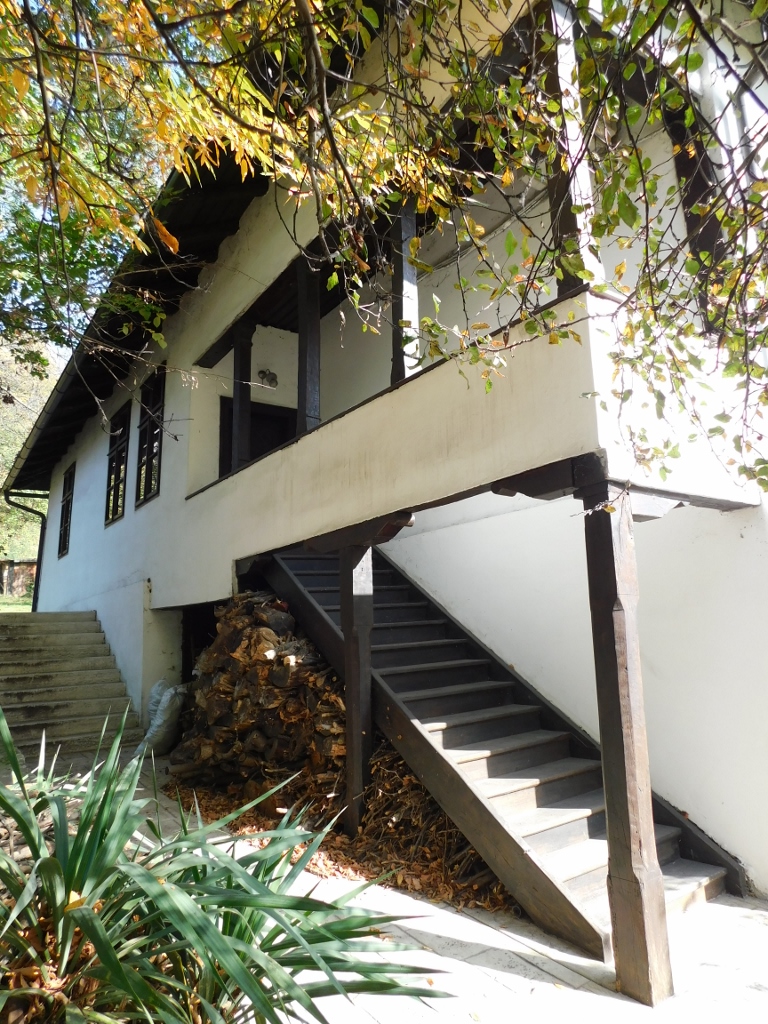 Church Residence in Topčider, a detail
Church Residence in Topčider, a detail
The draft of the first Constitution of the Orthodox Church in the Principality of Serbia that was adopted by the National Assembly in Kragujevac in 1836 was prepared precisely in this house. Nowadays, this is the residential house of the Topčider Church’s priest.
As I was walking in the churchyard and around the church residence in autumn, I could also notice some details linked to nature and not only human activities. For instance, the surviving figs or a large specimen of Burgundy snail (Helix pomatia).
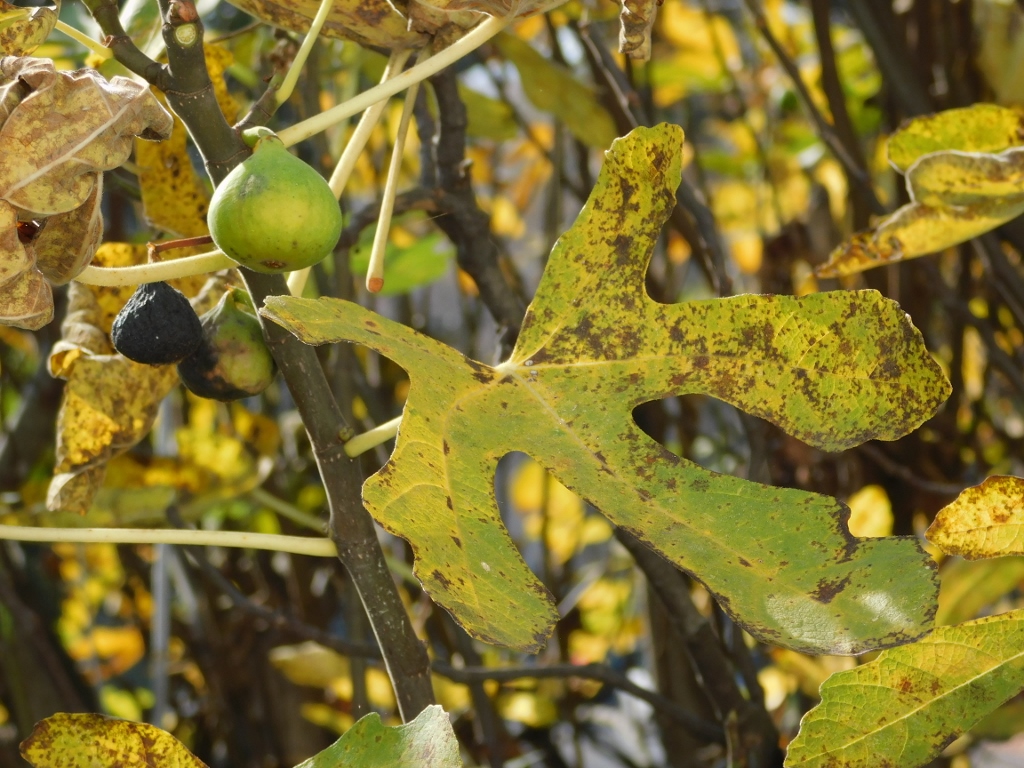 Remains of the fig and the summer
Remains of the fig and the summer
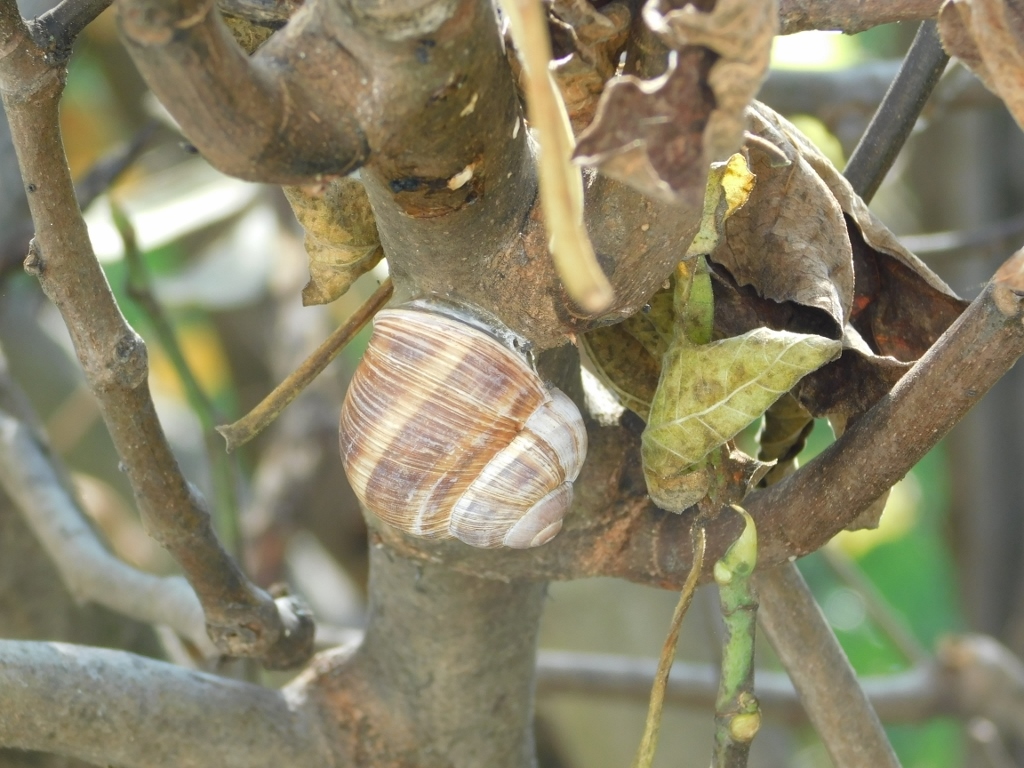 Burgundy snail
Burgundy snail
What surprised me the most were mushrooms that were growing in the lawn of the churchyard. I don’t remember ever seeing mushrooms this big and these here grew in “clusters.” When we inquired later at the church shop, they did not know the name of the mushroom, but they did tell us it was poisonous. I had no intention of touching them anyway.
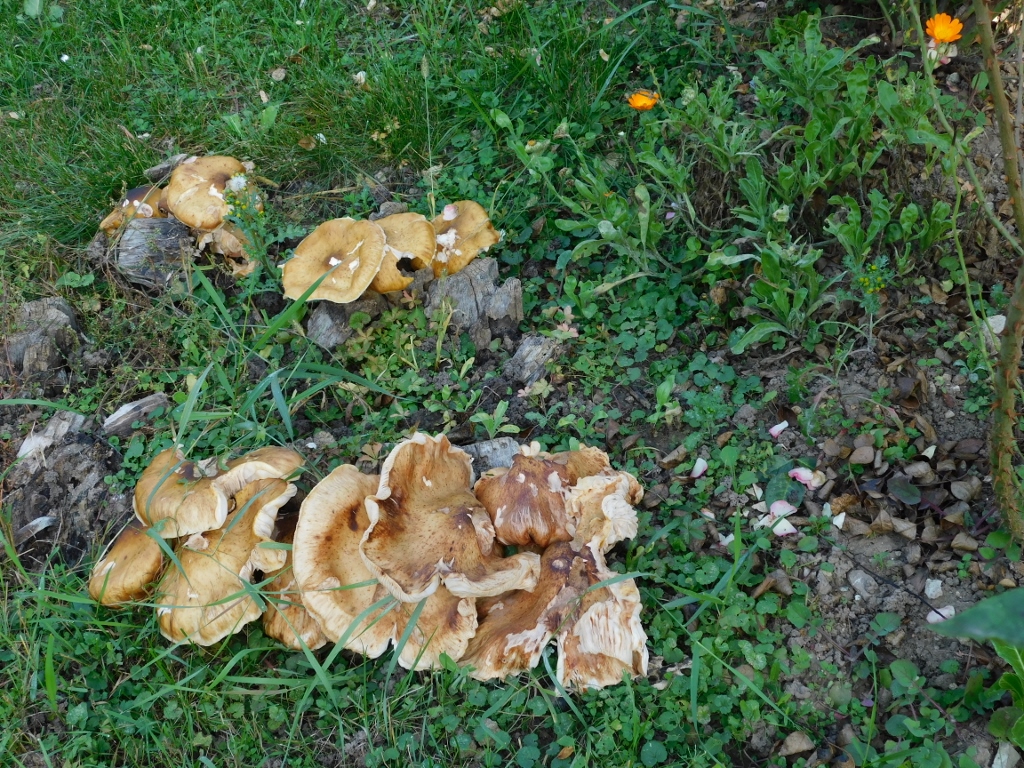 Mushrooms in the yard of Topčider Church
Mushrooms in the yard of Topčider Church
This church shop where one can buy candles and different items linked to church and spiritual activities, also offers fruit brandies, wines and honeys produced at different monasteries. I guess it is not bad to know this.
Diagonally from the church in relation to the crossroad by which the church is located is the area of the Topčider Park and right there, there is also the Residence of Prince Miloš that houses a museum of the same name. But, before entering the museum, my friends and I first paid attention to a monument of nature which is the London Plane Tree by Miloš’s Residence.
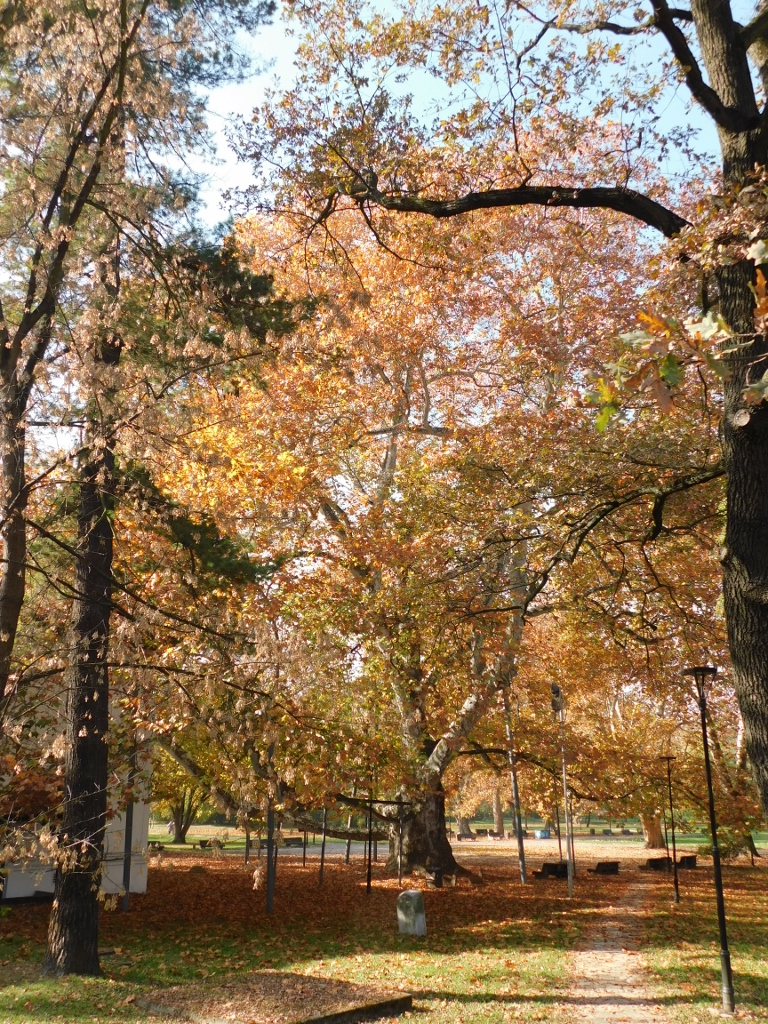 London Plane Tree by Miloš’s Residence
London Plane Tree by Miloš’s Residence
Deciduous London plane tree (Platanus acerifolia Willd.) is characterised by a large circumference of the trunk and a very broad crown, and it is believed that it was created as a species in England around 1640. This concrete specimen from the Topčider Park is considered one of the most beautiful and largest plane trees in Europe.
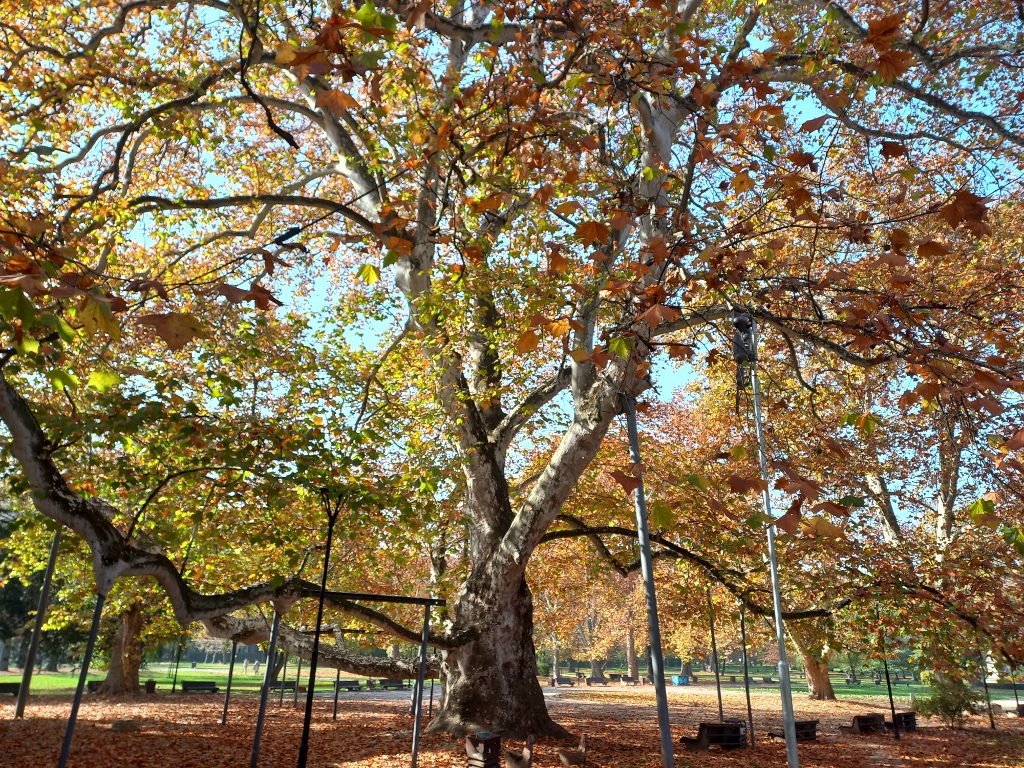 London Plane Tree by Miloš’s Residence
London Plane Tree by Miloš’s Residence
The tree height of this specimen is around 34 m, the tree circumference is around 7.7 m, the tree crown width is around 50 m and it is estimated that its age is between 150 and 180 years, on account of different historical data.
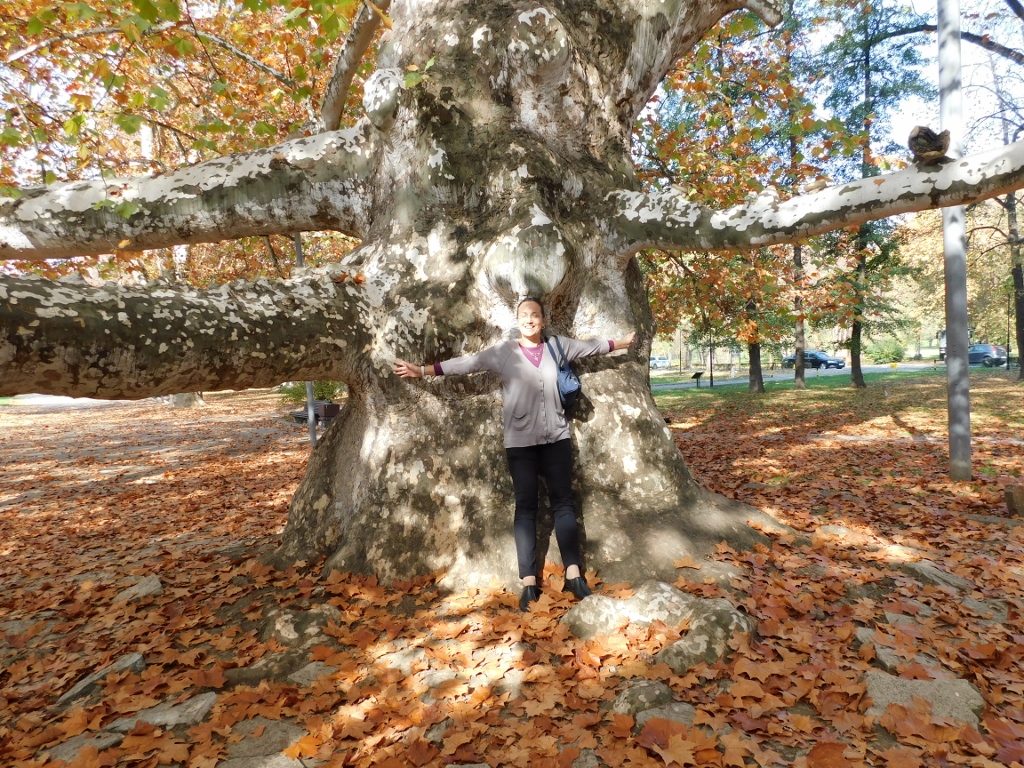 London Plane Tree by Miloš’s Residence and the reference object
London Plane Tree by Miloš’s Residence and the reference object
The tree branches are supported by metal poles that prevent bending and breaking, and the surface area of the shadow made by the tree is 1885 sq. m.
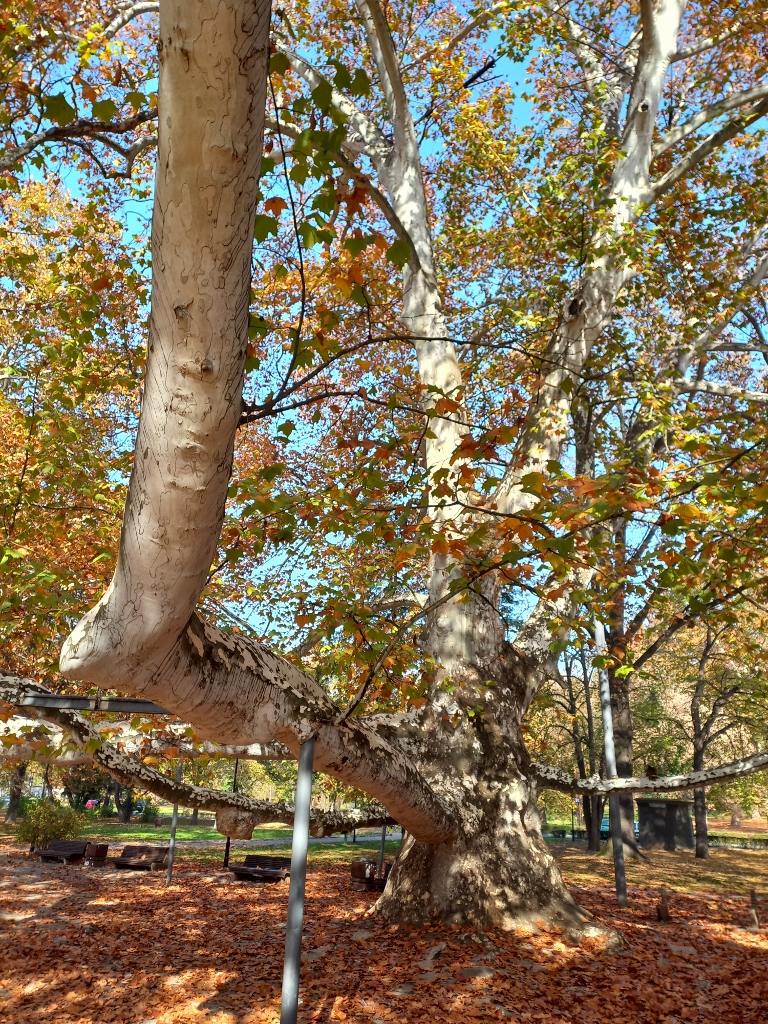 London Plane Tree by Miloš’s Residence
London Plane Tree by Miloš’s Residence
The plane tree grows right next to the Residence of Prince Miloš where the museum is entered from the side where the plane tree is.
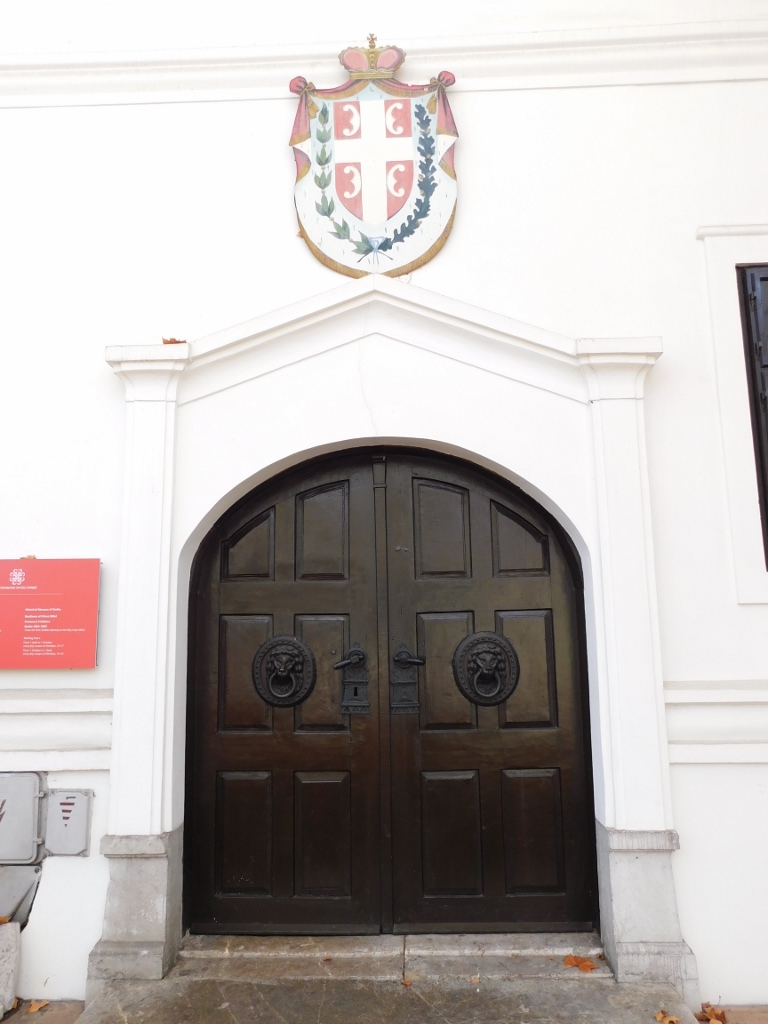 Entrance to the Residence of Prince Miloš museum
Entrance to the Residence of Prince Miloš museum
When I was a child, my mom often used to bring my brother and me for a picnic in Košutnjak and Topčider, so we would pass by this building, but it always seemed closed and almost abandoned to me. That’s why I was actually surprised when I realised there was a museum here, in fact, a museum opened for years. By the way, even now, when I got to the museum and wanted to enter I could not – as it turned out, the door handle needs to be pulled down more strongly and I was helped in this by a gentleman working at the museum.
The building itself is a cultural property of exceptional importance and it was built in the period from 1831 to 1833 as a part of the palace complex of the Obrenović family in Topčider and back in the day it was the social, political, religious and cultural centre of the Principality of Serbia.
Topčider itself, as a spatial, cultural and historic area, is also categorised as a cultural property of exceptional importance. It includes the valley of the small Topčiderska reka rich in vegetation and sources of fresh water very close to Belgrade downtown area. This is where the Austrians in the 18th century and the Ottomans before and after the period of the Austrian rule over this region had their estates and summer residences. Since I’m mentioning Ottomans, it needs to be said that name Topčider comes from Turkish and it means “canon gunner’s stream” since there used to be an artillery magazine in the area in 1521 when the Ottomans first conquered Belgrade.
Starting in 1831, Prince Miloš had his residence and the palace chapel (Topčider Church) built, as well as some agricultural buildings and workshops, military barracks, and parks and gardens. The main hunting ground was located on the territory of the present-day Košutnjak forest (a little more about it later on). The area also includes the hill where Košutnjak is (west of the river) and the hill where Dedinje neighbourhood is (right of the river), as well as the area around the confluence of the Topčiderska reka into the Sava, close to Ada Ciganlija. On this day, however, I was mainly interested in the Topčider Park and the Residence of Prince Miloš or Miloš’s Residence, as the building is most often referred to.
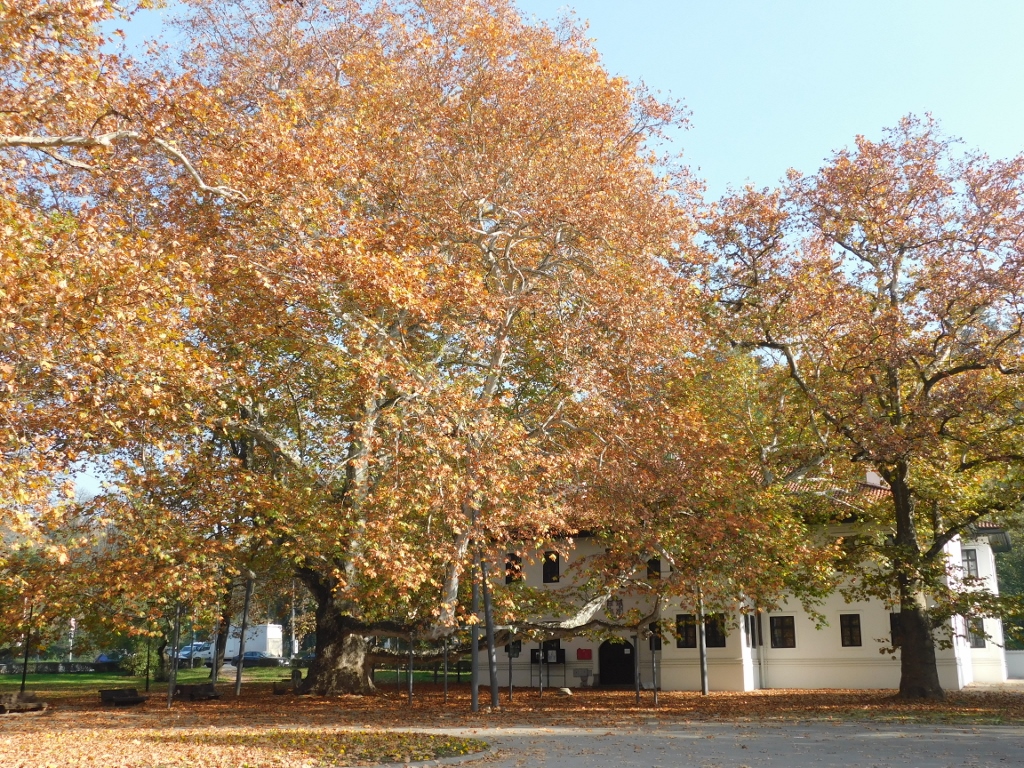 Topčider Park: the plane tree is on the left and the Residence of Prince Miloš is on the right
Topčider Park: the plane tree is on the left and the Residence of Prince Miloš is on the right
Miloš Obrenović (1780-1860) was born as Miloš Teodorović, but he changed his surname into Obrenović in 1810 after the death of his half-brother Milan (Obrenović). He participated in the First Serbian Uprising (1804-1813), but after the demise of the uprising he remained in Serbia where he received amnesty from the Ottomans. He was the leader of the Second Serbian Uprising (1815-1817) that was more successful than the first one, since Serbia obtained autonomy within the Ottoman Empire. Already at the onset of the Second Serbian Uprising, the Principality of Serbia was established under Miloš Obrenović who had the title of knez (prince), but this principality would be internationally recognised only much later, in 1878 (after the Serbian-Turkish wars (1876-1878) and at the Congress of Berlin, when Serbia finally obtained full independence from the Ottomans). Meanwhile, in 1830, the Ottoman Sultan Mahmud II issued a Hatt-i sharif (a firman, royal mandate or decree), recognising the autonomy and the independent state administration of the Principality of Serbia, but still with a vassal status. It was precisely after this that Prince Miloš started with the construction of his residence in Topčider that was practically the ruler’s court of the Principality of Serbia.
Although Prince Miloš Obrenović was illiterate, he obviously had an inborn talent for diplomacy, politics and negotiations, even though he ruled as an absolutist who did not shy away in the least from removing anybody whom he deemed to be an obstacle for him. And yet, because of the relations with the Ottomans that were successful for the Serbs (it was not only the question of the uprising, but also negotiations and bribing of the Ottomans), which all led to the final liberation, where he skilfully took advantage of the period of the general decline of the Ottoman Empire, he is almost certainly the greatest statesman that Serbia has had in the last couple of centuries.
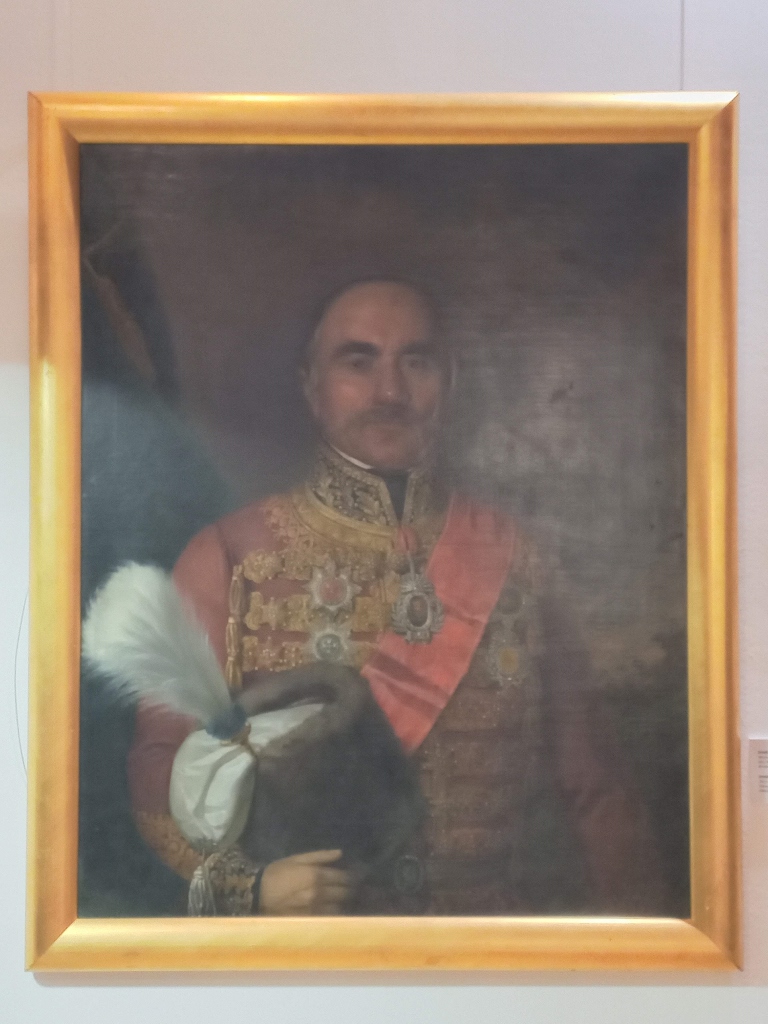 One of the most famous portraits of Prince Miloš from 1844, by Joseph Grandauer
One of the most famous portraits of Prince Miloš from 1844, by Joseph Grandauer
But, because of his absolutistic “style” he was forced to abdicate and leave the country in 1839. He was succeeded by his older son Milan who was already ill and who died only 25 days after acceding to the throne. The next ruler of the Principality of Serbia was Miloš’s younger son – Mihailo. He also ruled for a short time (1839-1842) and after his overthrow the rule was passed to Prince Aleksandar Karađorđević (1842-1858), i.e., there was a dynastic change. In 1858, Miloš Obrenović returned to Serbia from his exile and ruled for two more years, until his death (1858-1860). He was succeeded again by Mihailo Obrenović (1860-1868), but more about him a little later.
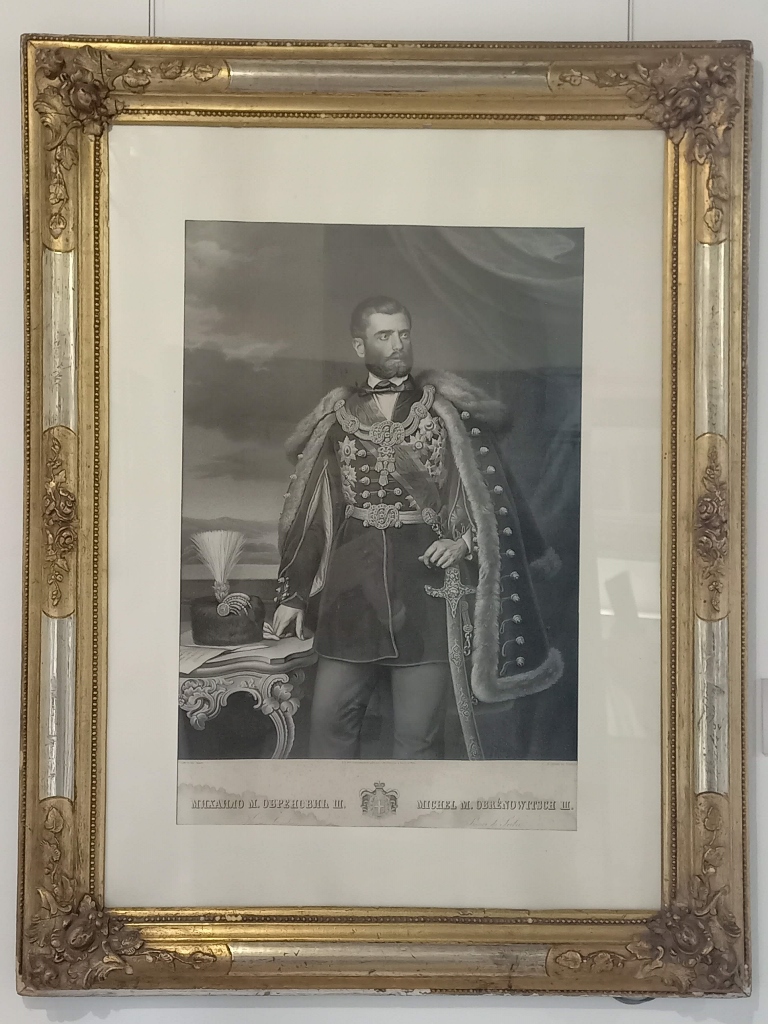 Portrait of Mihailo Obrenović by Jos. Bauer
Portrait of Mihailo Obrenović by Jos. Bauer
The Obrenović dynasty ruled Serbia through two more rulers (Prince/King Milan and King Aleksandar), but with the assassination of King Aleksandar Obrenović in 1903 this dynasty ended. This event also marked the end of Topčider as the memorial of the Obrenović family and thus the residence was turned into a museum over time.
Today, in this modest museum, the visitors may see a collection that shows exhibits linked to the 19th-century Serbia and the people who marked these times, as well as various other interesting details.
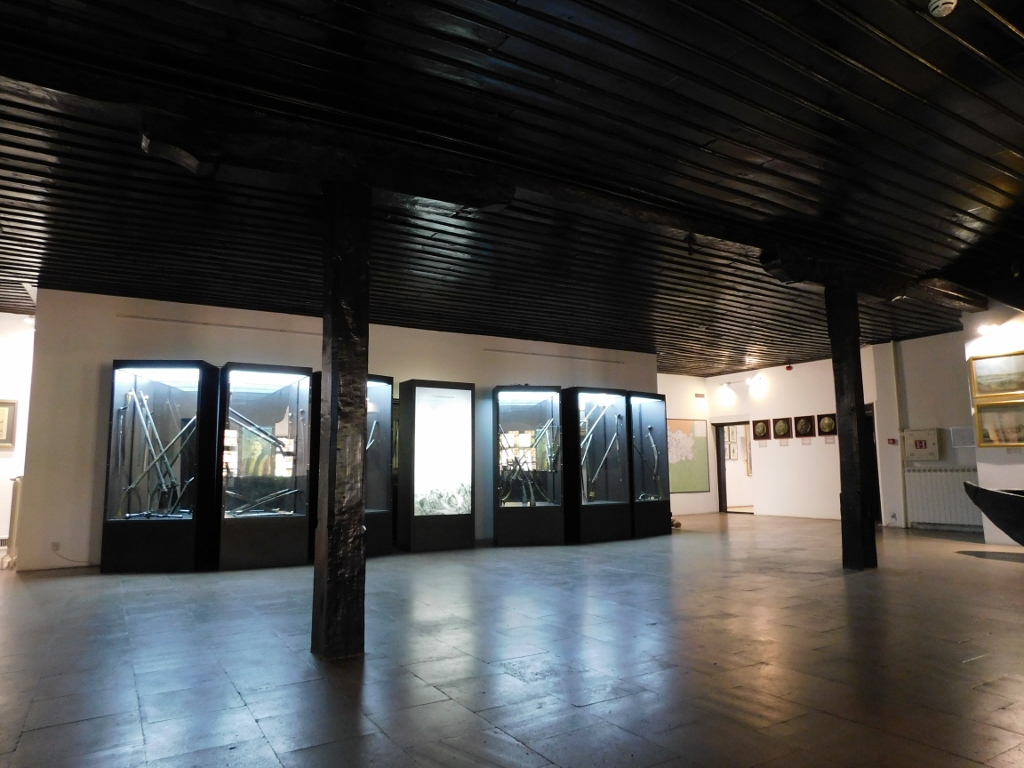 The Residence of Prince Miloš museum, a detail
The Residence of Prince Miloš museum, a detail
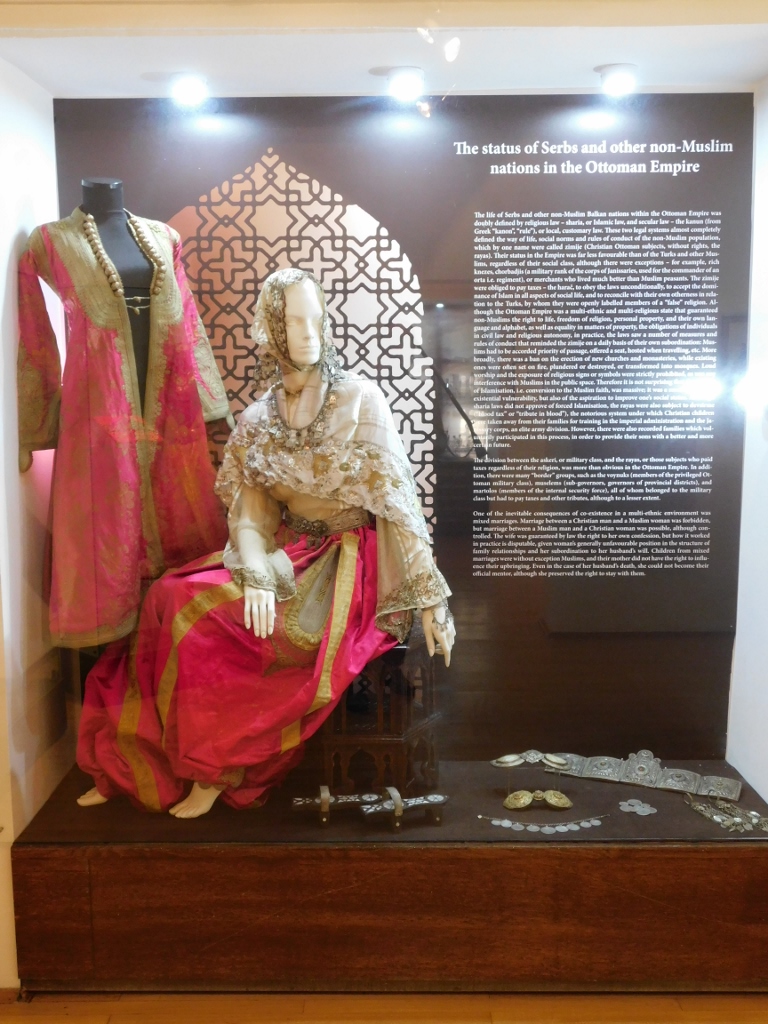 The Residence of Prince Miloš museum, a detail
The Residence of Prince Miloš museum, a detail
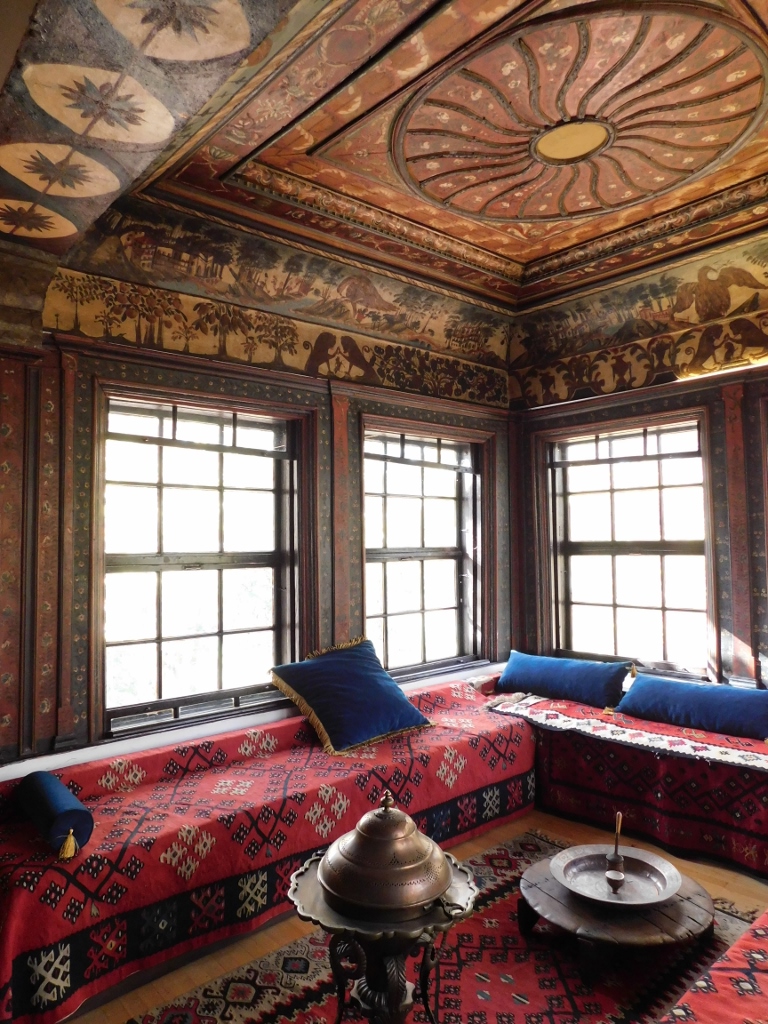 The Residence of Prince Miloš museum, a detail
The Residence of Prince Miloš museum, a detail
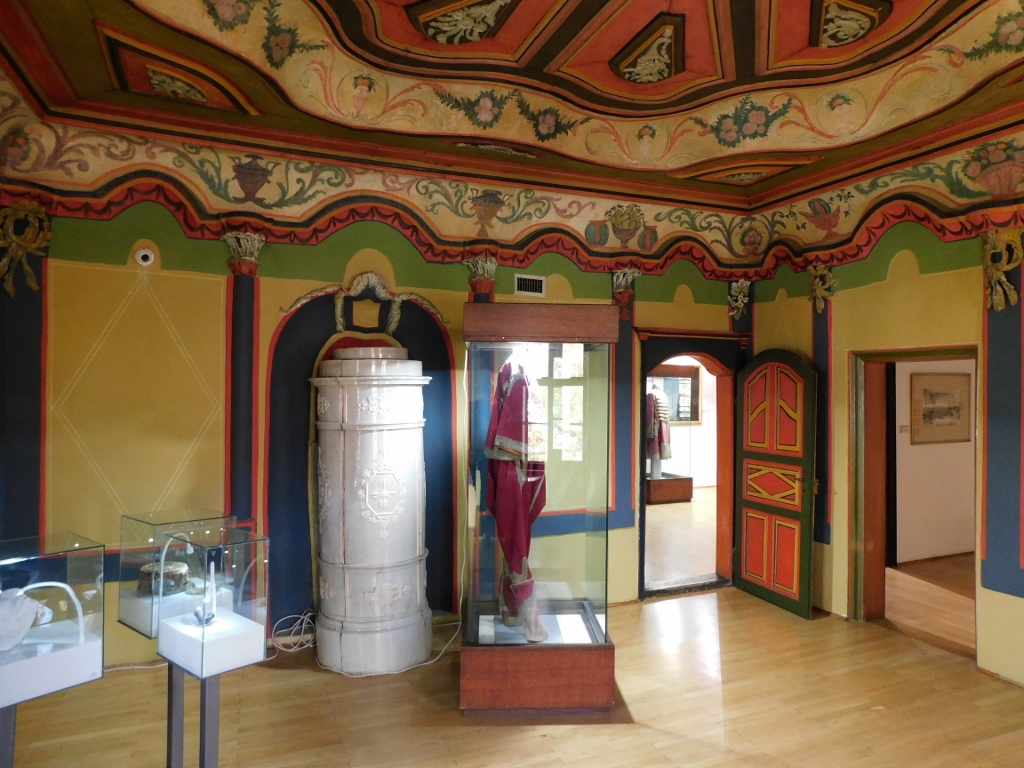 The Residence of Prince Miloš museum, a detail
The Residence of Prince Miloš museum, a detail
One can also see a portrait of the wife of Prince Miloš – Princess Consort Ljubica Obrenović (1788-1843). Her residence in the centre of Belgrade is a well-known museum nowadays – The Residence of Princess Ljubica (Konak kneginje Ljubice). She had eight children with Prince Miloš, but the prince was a major adulterer and the princess had huge issues with that. There is a well-known story that in 1819, in a fit of jealousy, she killed with a gun the then mistress of her husband.
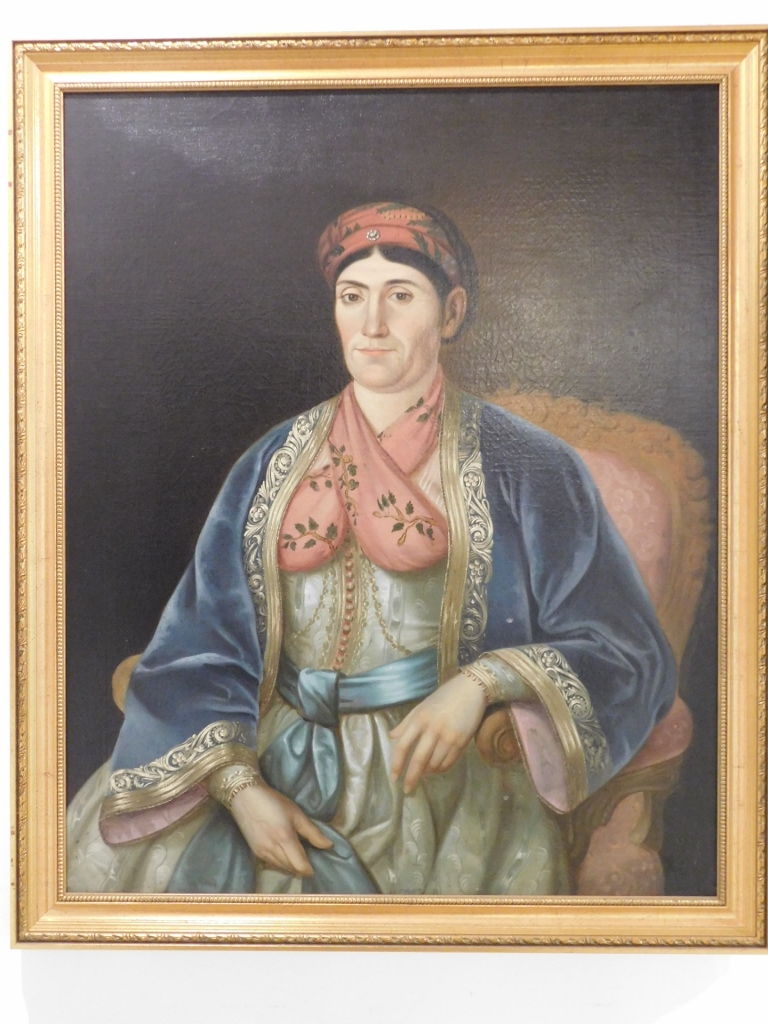 Portrait of Princess Consort Ljubica Obrenović
Portrait of Princess Consort Ljubica Obrenović
The museum also shows some exhibits linked to King Aleksandar Obrenović (1889-1903).
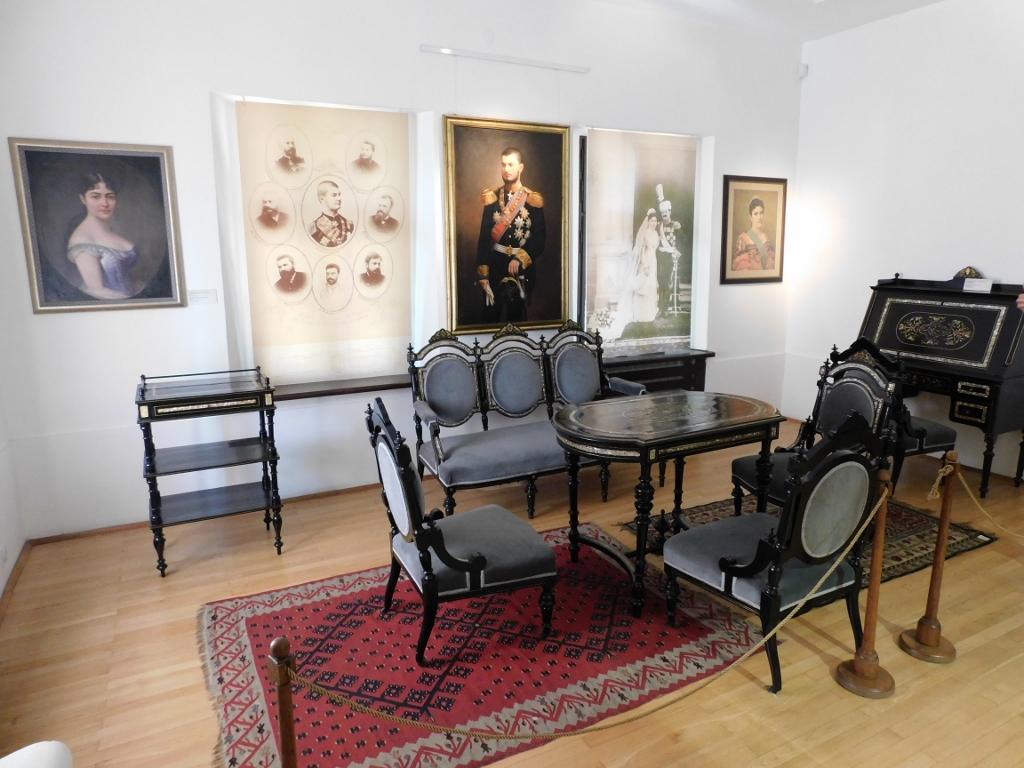 The Residence of Prince Miloš museum, a detail
The Residence of Prince Miloš museum, a detail
After the visit to the museum it was the time for a short walk through the park.
The Topčider Park was the first park in Serbia. The bases were laid down already in 1831, parallel to the construction of the residence, but in the period 1842-1858 there were some significant modifications, which instead the Oriental flair gave the park a more European look, something like freely-shaped English parks. Over time the park was decorated with sculptures as well.
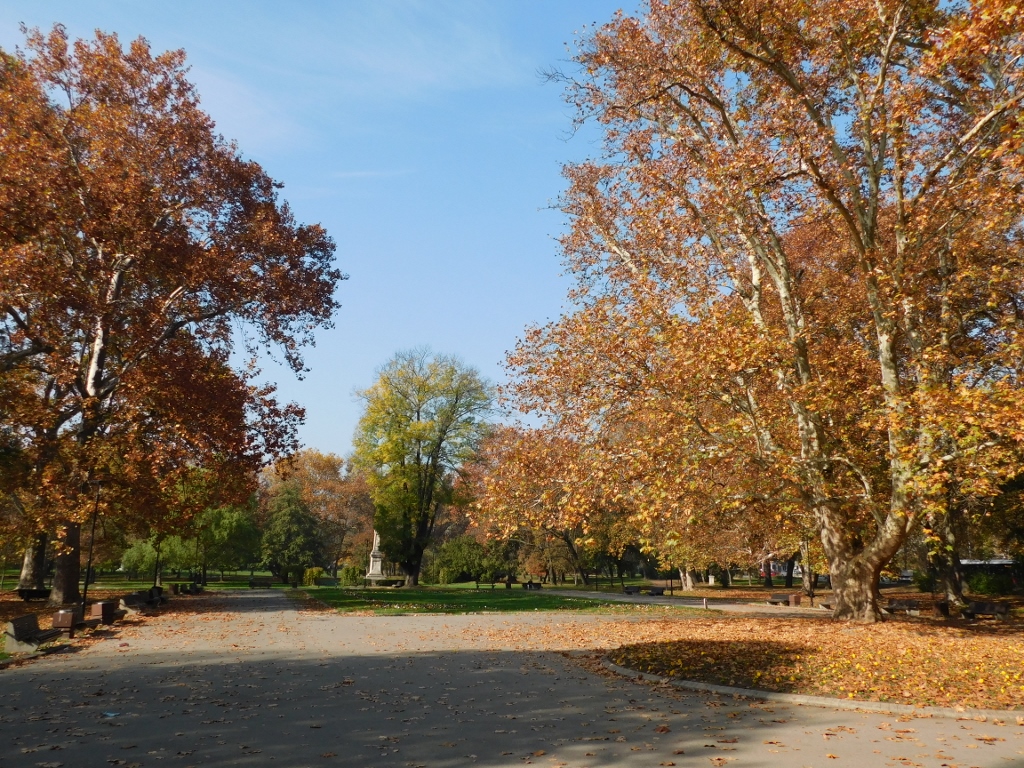 The Topčider Park in November 2022
The Topčider Park in November 2022
Today, one can see three important monuments of culture. The first one is the Obelisk classified as a cultural property of exceptional importance and it is located straight ahead when you leave the museum.
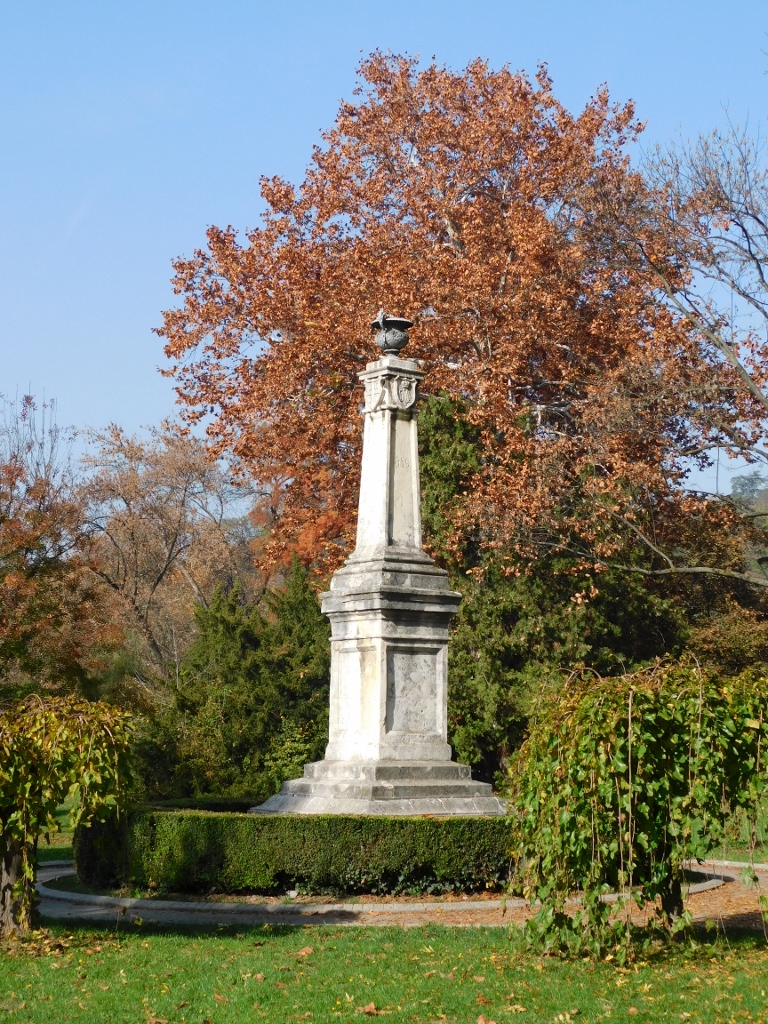 Obelisk in the Topčider Park
Obelisk in the Topčider Park
The Obelisk was erected to honour the return of Prince Miloš Obrenović to Serbia in 1859 and this year was carved in the monument. Although it is not very big, this stone obelisk has numerous decorative elements and as a type of monument it is unique on the territory of Serbia.
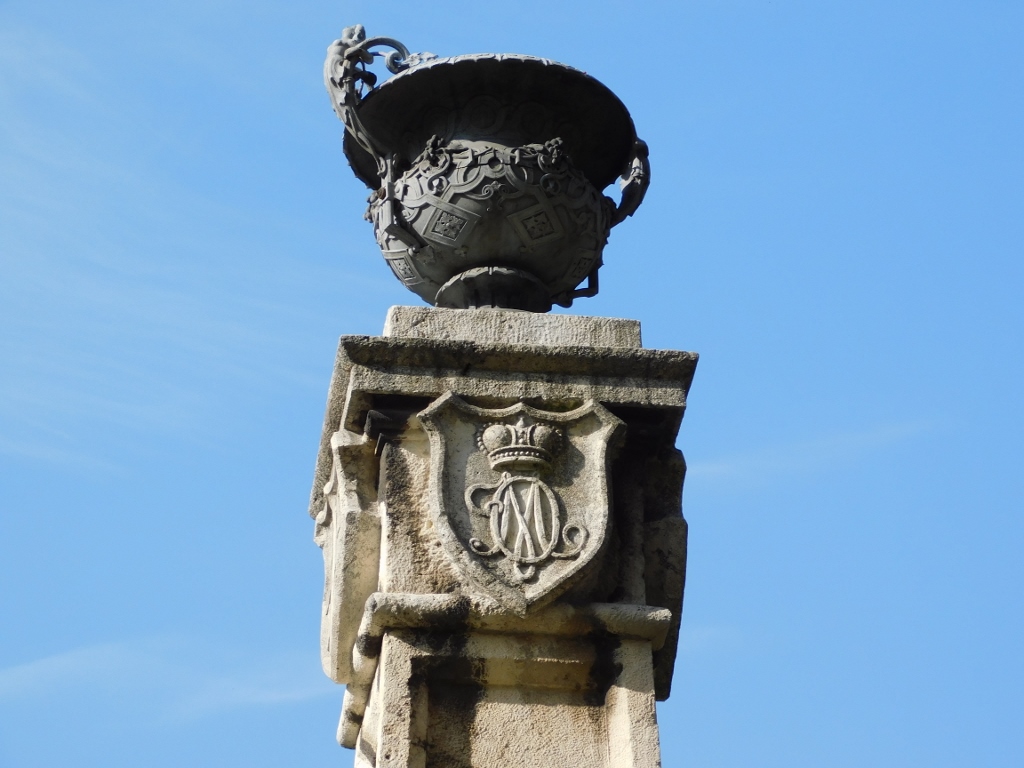 Obelisk in the Topčider Park with the monogram of Prince Miloš Obrenović
Obelisk in the Topčider Park with the monogram of Prince Miloš Obrenović
Not very far, there is another monument, quite different. This is the sculpture “Harvester,” which is the only example in Belgrade of a decorative park sculpture of the 19th century. It concretely shows a woman with a wheat sheaf in her arms. It was cast in Vienna and it shows the year of 1852 and the name of the sculptor Fidelis Kimmel.
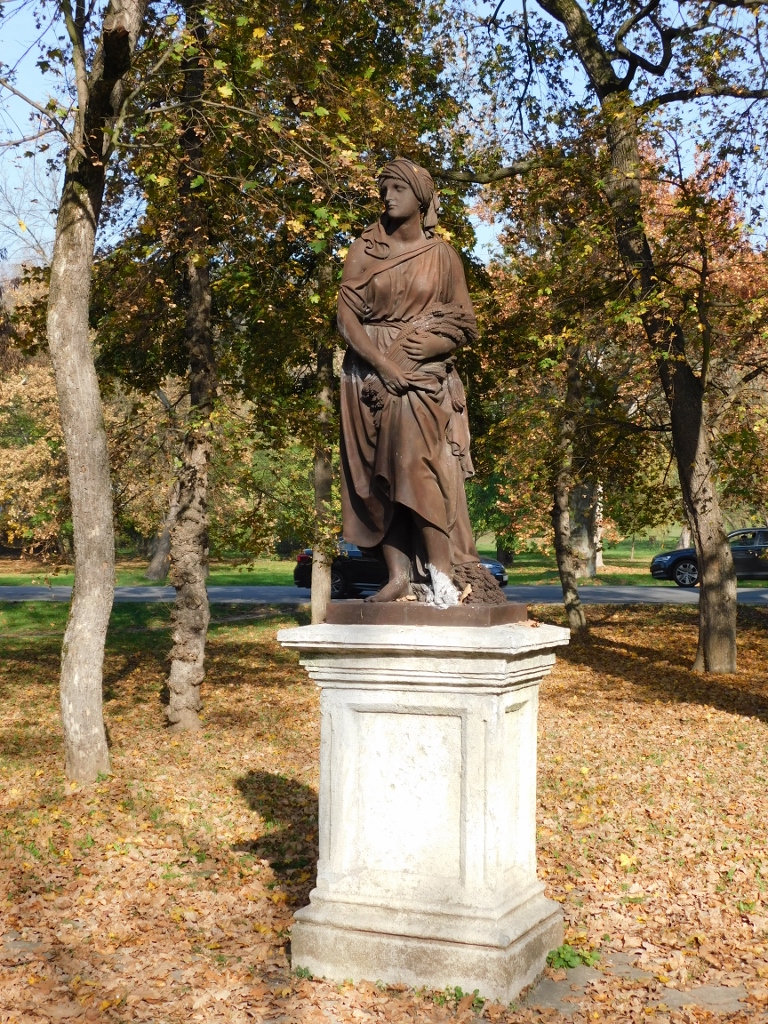 Sculpture “Harvester” in the Topčider Park
Sculpture “Harvester” in the Topčider Park
The third important monument of culture is the Monument to Archibald Reiss erected in 1931.
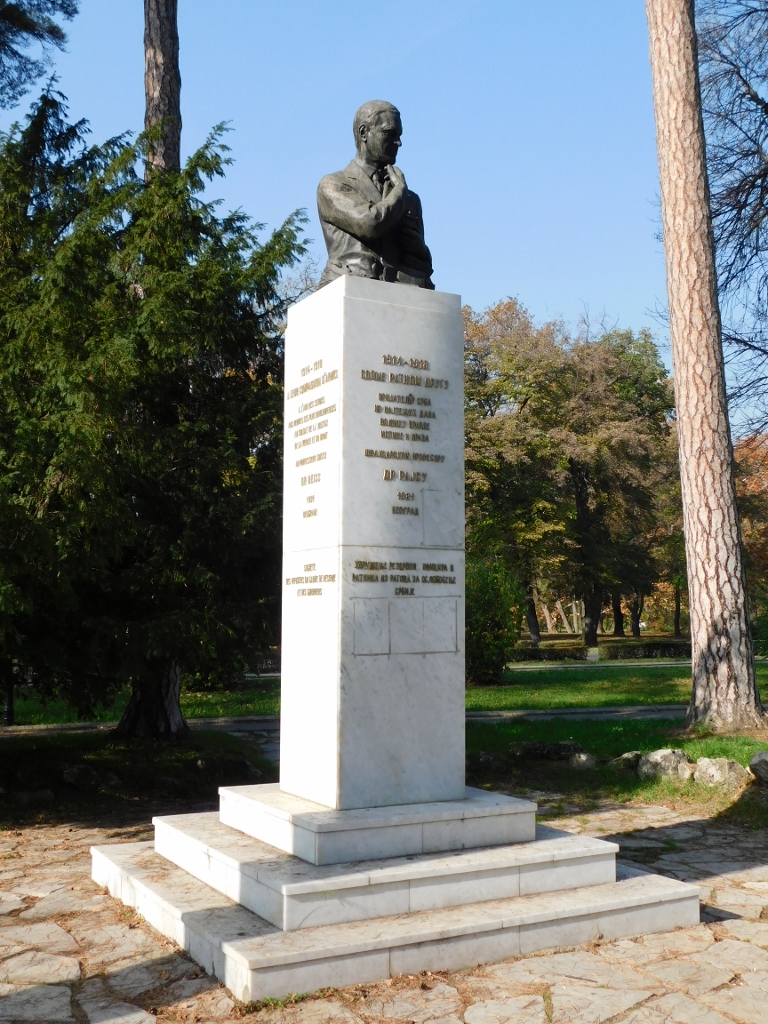 Monument to Archibald Reiss in the Topčider Park
Monument to Archibald Reiss in the Topčider Park
Archibald Reiss (1875-1929) was a German-Swiss criminology expert and one of the pioneers of forensic medicine, as well as a university professor in Lausanne and a writer. At the invitation of the government of Serbia, he came to Serbia in 1914 and 1915 in order to establish the atrocities of the Austro-Hungarian, German and Bulgarian armies over the civilian population of Serbia. When the Serbian army started to retreat across Albania (in order not to capitulate), he was with them, as well as when the victorious Serbian army liberated Belgrade in 1918. He was a great friend of Serbia and Serbs, and after WWI he decided to stay and live in Belgrade. This is where he passed away in 1929. The monument that can be seen in the Topčider Park was erected for “the comrade in arms and the friend of Serbs.”
I have already mentioned doctor Archibald Reiss in my stories (https://www.svudapodji.com/en/northern-greece-1/) when I posted a photo of the urn that was used, at his explicit request, to hold his heart and that can still be seen at the Chapel of St. Elijah on mount Kaymakchalan in Greece. His body was buried at the cemetery of Topčider in Belgrade which was my next destination, but beforehand I walked around the park some more.
I have already mentioned earlier that there are several water springs in the area and there is also a stream running through the park. Here I’m not thinking of the Topčiderska reka (river) which is often called the Topčider stream. The river does flow through the park, but a little farther away from the area where I walked with my friends.
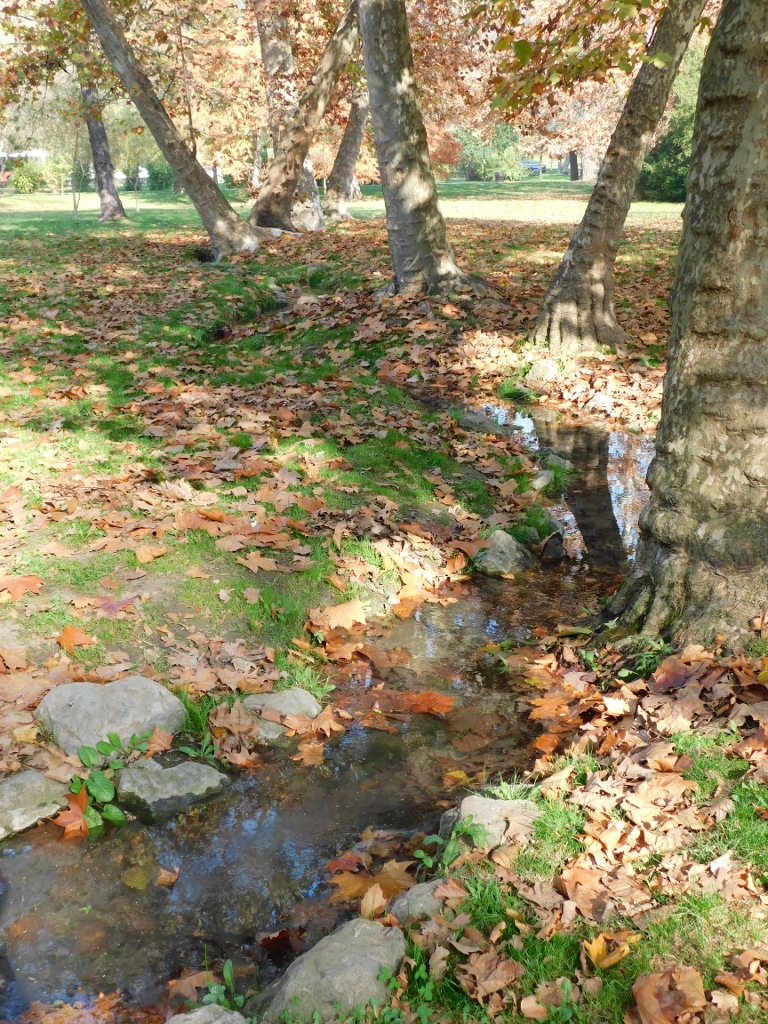 The Topčider Park, a detail
The Topčider Park, a detail
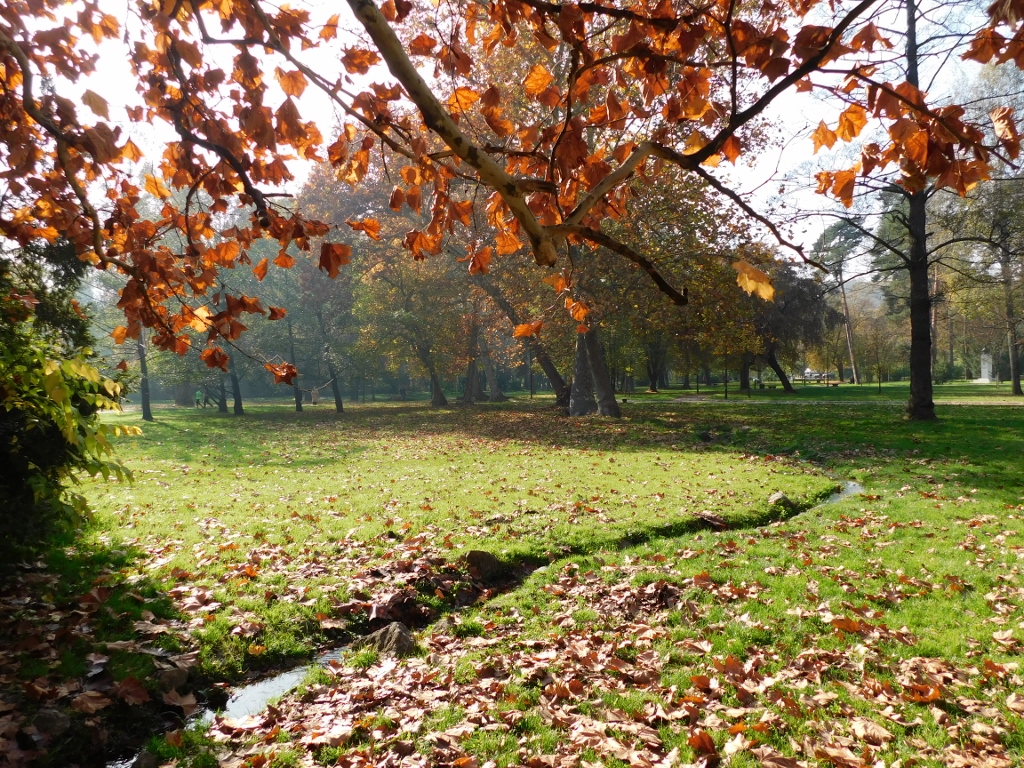 The Topčider Park, a detail
The Topčider Park, a detail
There are also different interesting tree species that can be seen in the park and what is particularly nice is that there are often information signs placed nearby with data about the given tree, written in Serbian and English. For instance, the trees that can be seen in the photo below are bald cypresses (Taxodium distichum (L.) Rich.). They belong to the “deciduous evergreens” and in autumn the conifers turn reddish to golden yellow before falling off. One can learn all sorts of things from these information signs.
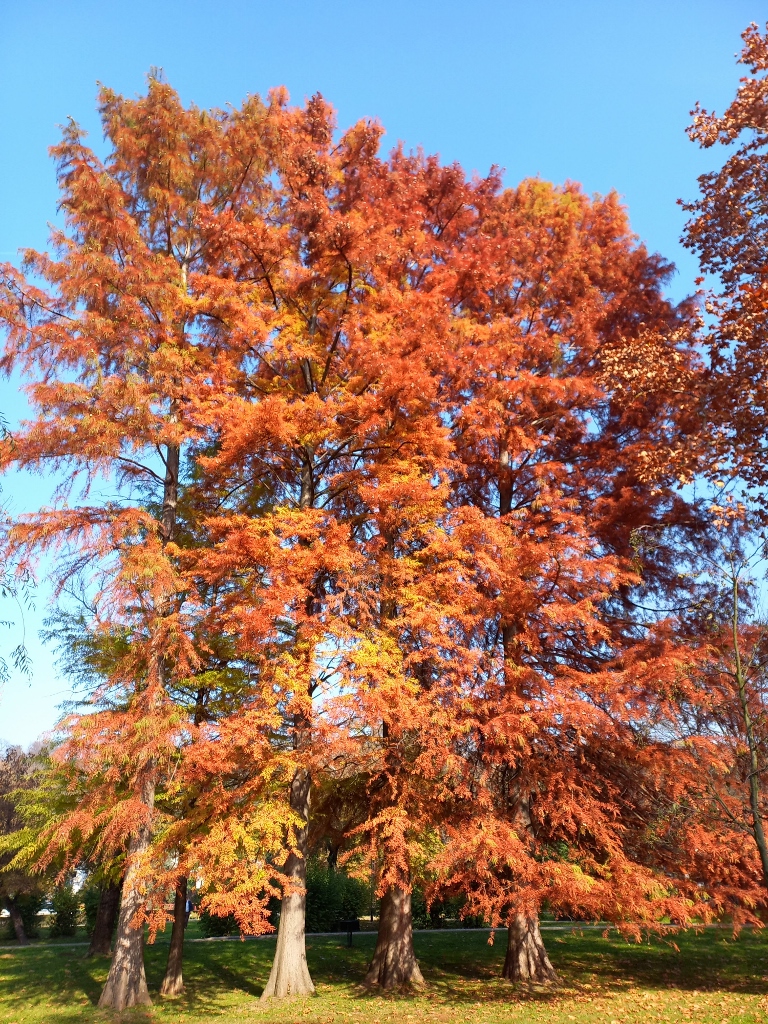 Bald cypress
Bald cypress
There was also another interesting tree around – the black alder (Alnus glutinosa L.). This tree has male and female flowers, with the male ones being in the shape of catkins, several of them on a long stalk, while the female catkins form a tiny egg-shaped cone that matures in autumn. There, you can see this in the following photo:
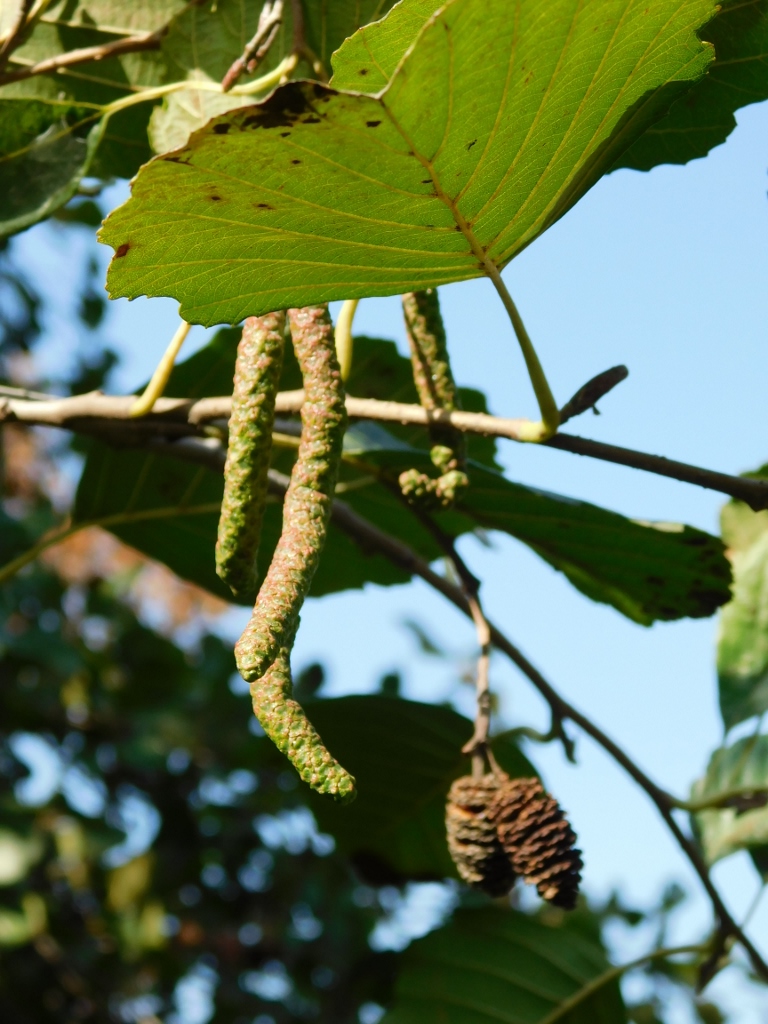 Black alder
Black alder
I did not bother with different trees any longer, but rather only strolled some more around the park with Kaća and Toma, and then we headed for the parking lot where I had left my car.
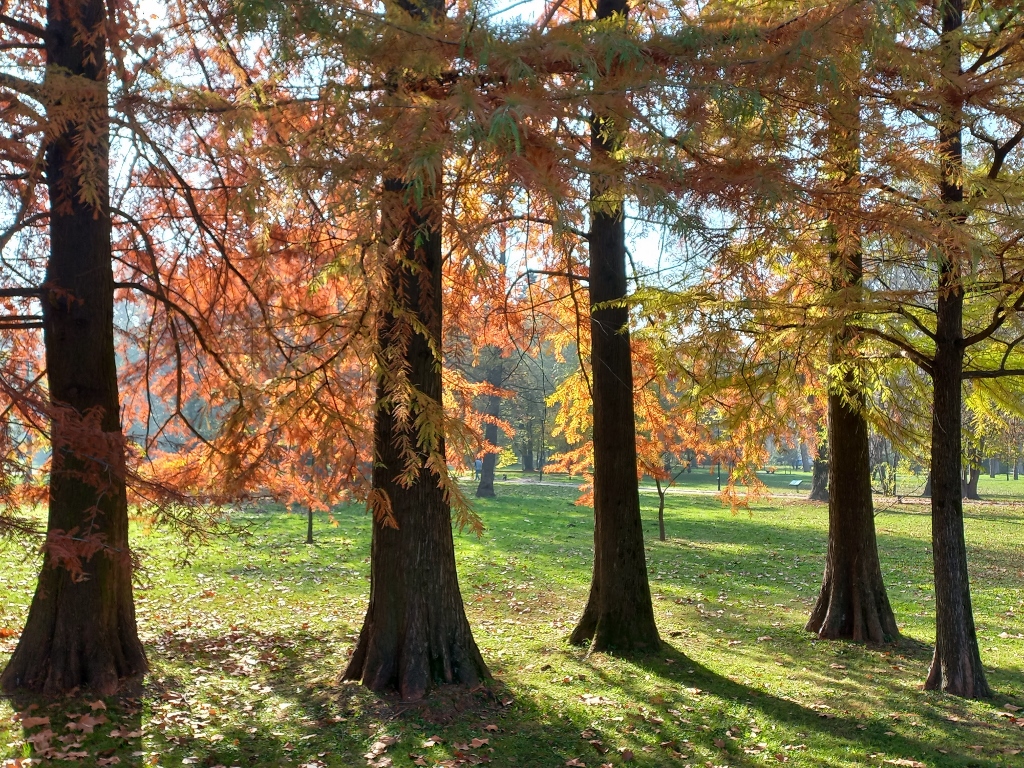 The Topčider Park, a detail
The Topčider Park, a detail
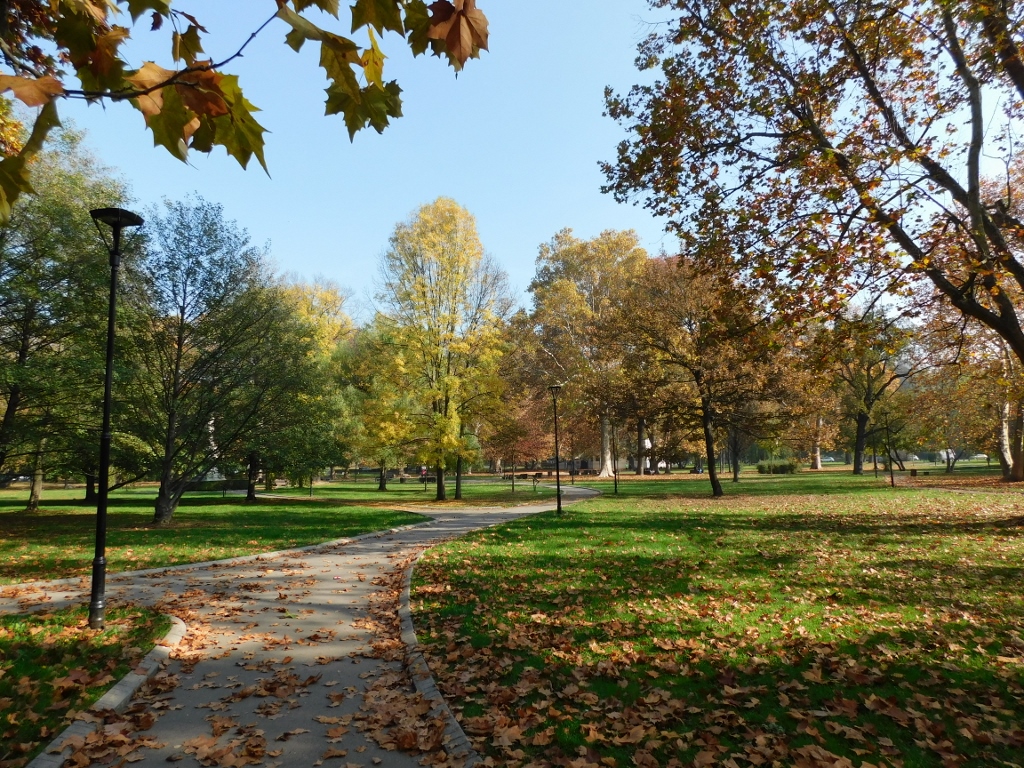 The Topčider Park, a detail
The Topčider Park, a detail
Passing again by the Residence of Prince Miloš, I noticed yet another monument that I could not find any data about. Poor thing – standing there alone without any information sign.
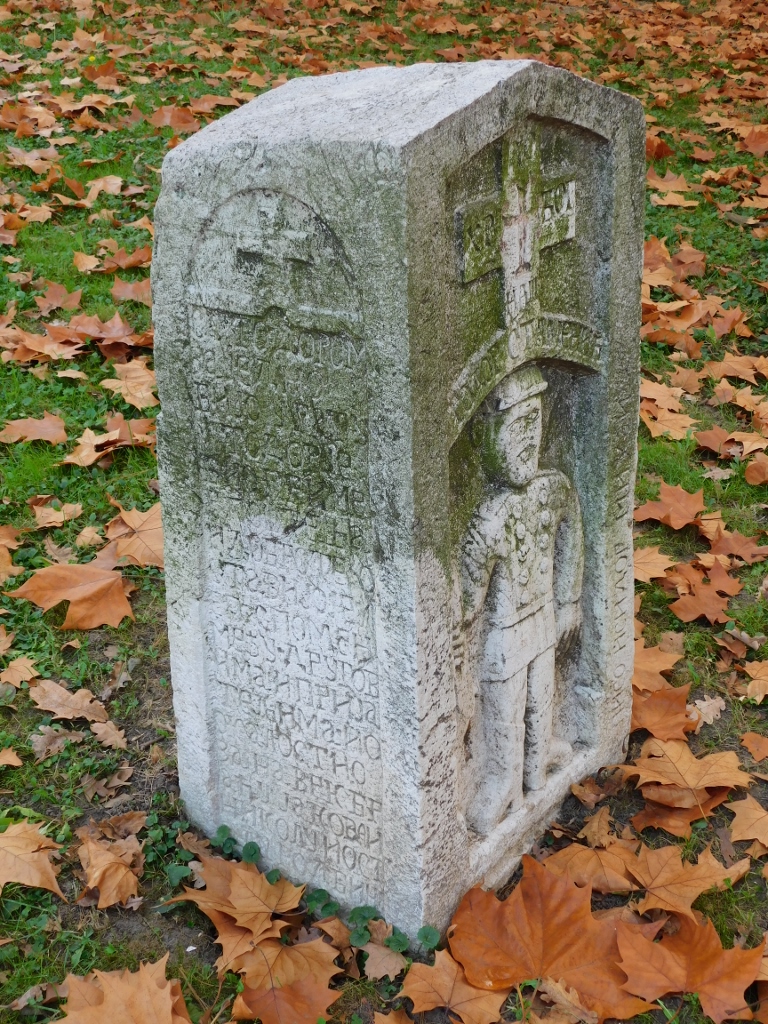 The Topčider Park, a detail
The Topčider Park, a detail
The next destination was Topčider Cemetery. I’m not sure what the roads that could be taken to get there are, but when coming from the “lower” side, it is possible to be confused because of some traffic signs. I did not have that problem for I followed the route marked in the map and here is the map once again.